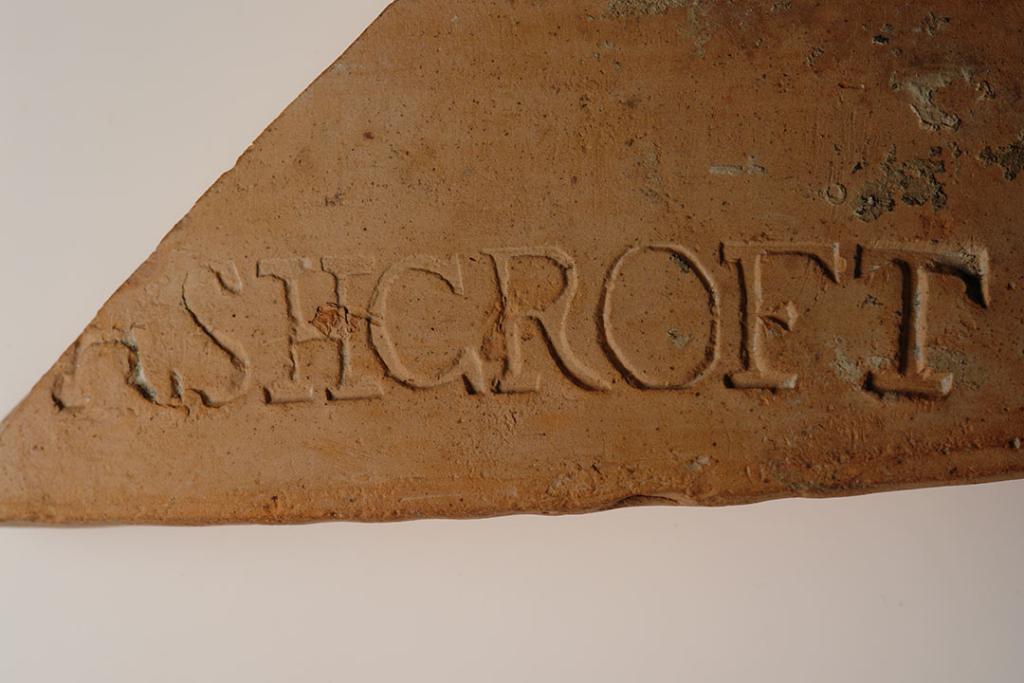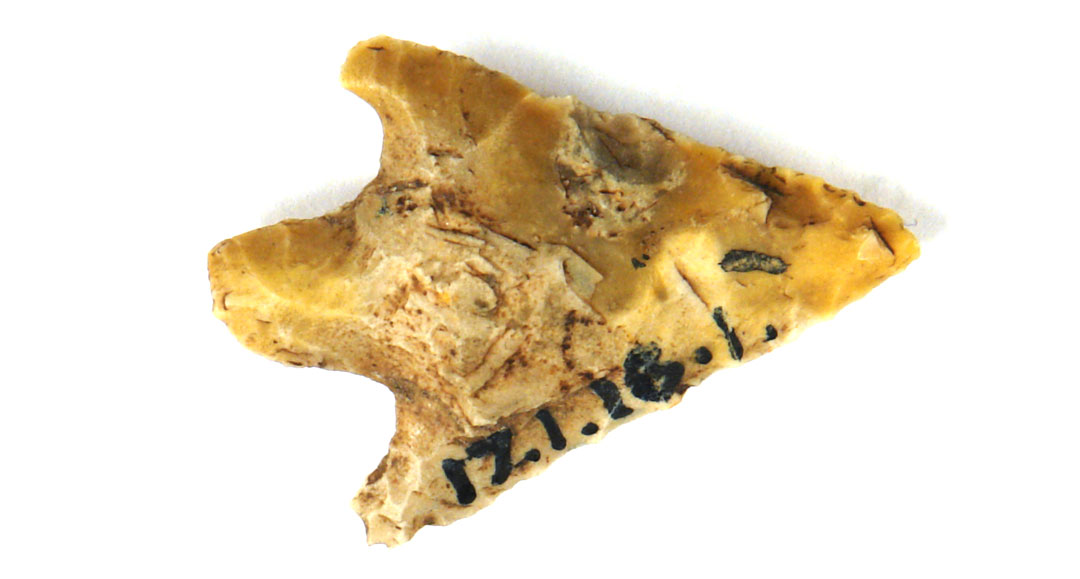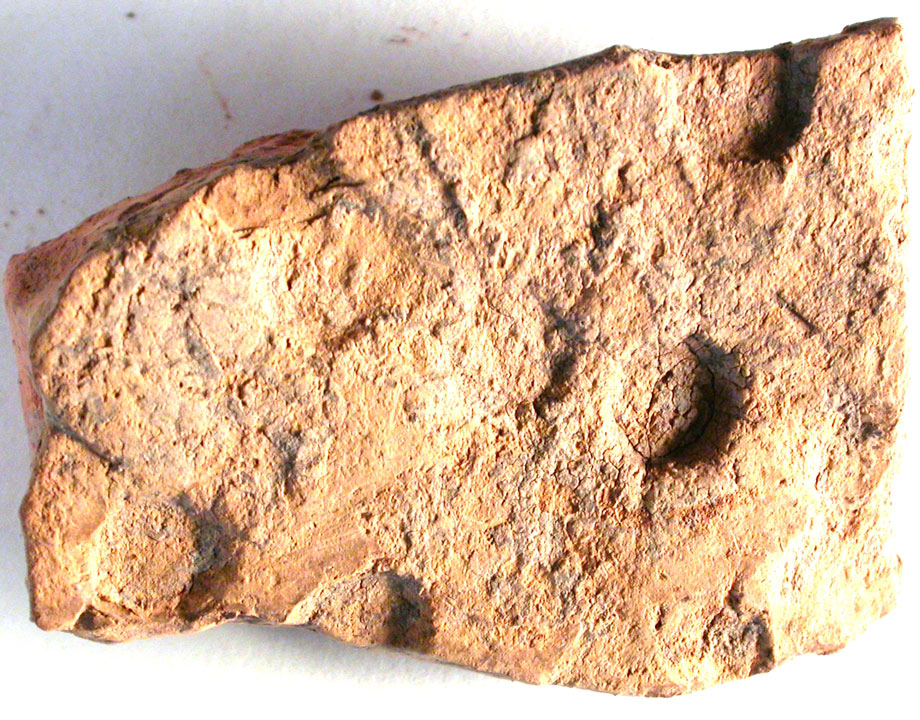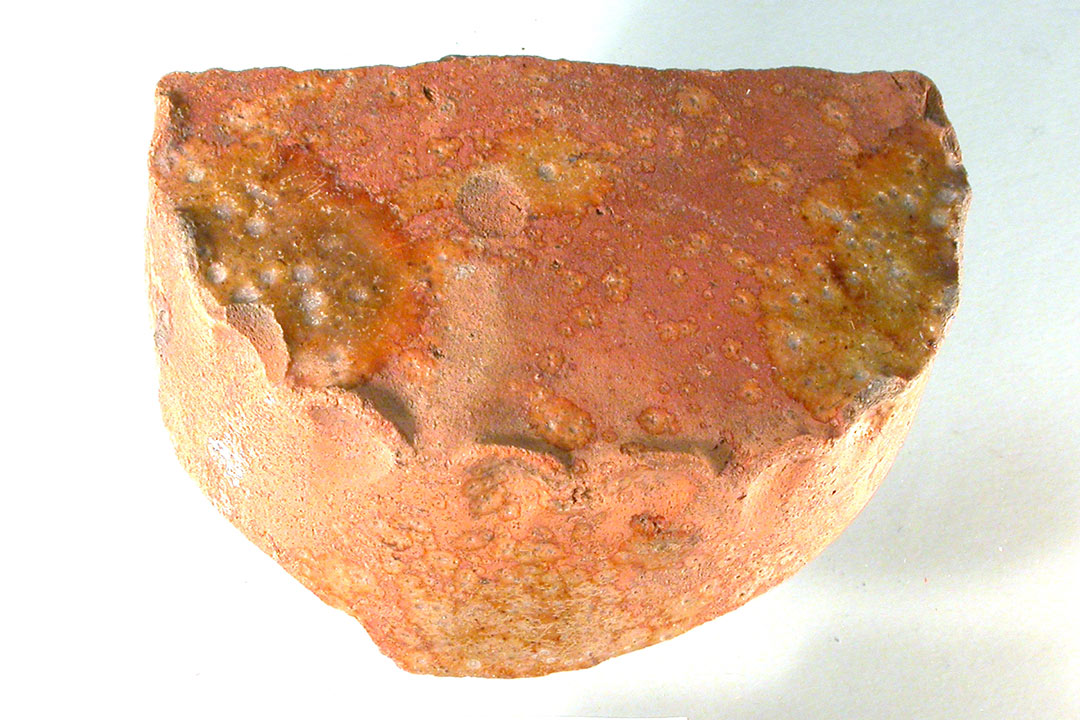Touching the past

Every year the Festival of Archaeology gives us so many ways to explore our past, and this year digital events, including our own twitter conference on 16 July, are giving us that connection to who and what’s been here before us.
Working with a museum collection and being involved in archaeological projects is very exciting because it gives those opportunities for people to have that direct link with those who came before us. The moment of discovery and knowing you’re touching something made and used by someone in the past is very exciting. We may be connecting with people whose names we’ll never know, and whose lifestyles would be very alien to us, but we can understand something of their lives from the objects they leave behind.
Intricate handmade tools
The vast majority of the historic objects in the regional archaeology collection are handmade. Things which someone has created, with great skill and attention to detail. For example, prehistoric tools which show the skill of stone knapping. Archaeological sites sometimes reveal clusters of chips of flint or chert – the stones used to make sharp tools. This indicates a place where a flint-knapper has sat to make their tools. The intricate shapes of Neolithic and Bronze Age arrowheads are wonderful! For example, this Bronze Age arrowhead was found in West Derby.

Accidental footprints
There are objects which literally bear the mark of the people who made them. Such marks are sometimes accidental, such as marks on Roman tiles found in Britain include animal and human footprints and boot prints. This Roman tile found in Halewood shows indentations made by a hobnail boot.

Decorative thumb prints
Sometimes marks are intentional, such as finger and thumbprints in pottery – a moment in the shaping of the object preserved in the fired clay. Thumbed decoration on medieval pottery is relatively common, for example the base of this medieval jug found at Meols, Wirral has thumb-impressed decoration.

Wear and tear
There are things people wore or held close to them. While finding fabrics is relatively uncommon, leather shoes sometimes survive. These ordinary and everyday objects might be a very different style to modern designs, but they show some very recognisable features, such as wear at the ball and heel of the foot, just as our shoes wear today. These leather shoes are from Eccleston Hall.

Stamped pottery
In historical archaeology we’re sometimes able to see the names of the people linked to an object. A Prescot potter, William Ashcroft, stamped some of his pottery with his name. Ashcroft made sugar moulds, used in processing sugar. Sugar cane was grown and harvested by enslaved African people in the Caribbean and America, and imported to Liverpool (and other ports) to be made into refined crystallised sugar for wealthy sweet-toothed people in Britain. This William Ashcroft stamped pottery was found in the excavation at the site of the Museum of Liverpool.

Exploring the ways people have left their mark in the past helps us understand our place in the world. In what ways will we leave our mark?
Explore the past with us
We are excited that the Museum of Liverpool is hosting a Twitter conference on Climate, Environment and Archaeology on Thursday 16 July – looking at how climate is recorded archaeologically, how environments of archaeological sites affect preservation, and how museums are engaging people in climate change. You can follow the conference by searching the hashtag #ArchMoL20. Seeing the archaeological ‘big picture’ can help us consider how we can make changes to limit climate change.
We are looking forward to welcoming visitors back to the Museum of Liverpool soon, so everyone can have their connection with fascinating stories from the past. We are working hard behind the scenes to ensure people will be able to visit safely. Keep an eye on our website and social media to find out more about when we’ll reopen and how to visit!
